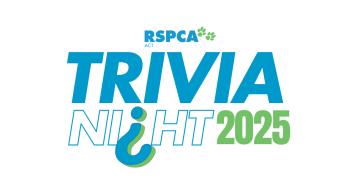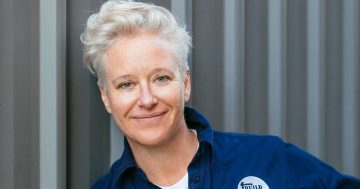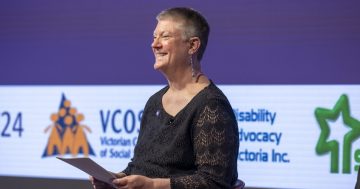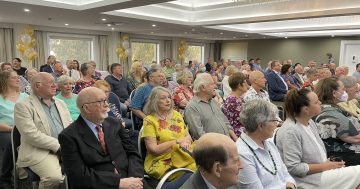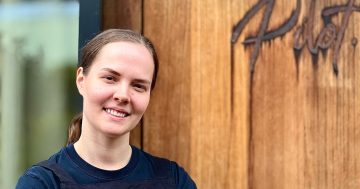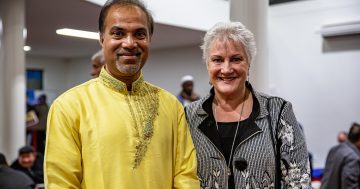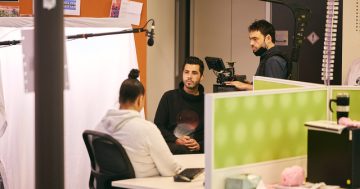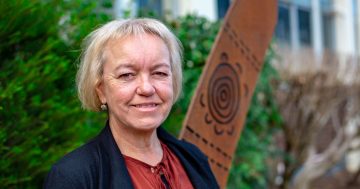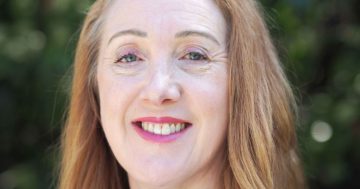
It may seem a long time until the next Australia Day awards, but the organisational machine that goes through the process of sorting through nominees, finalists, and finally granting awards to recipients is already getting up to speed.
Finalists and recipients at the state and territory level are picked by an independent selection panel including representatives of the state/territory Australia Day organisation, the National Australia Day Council, Award sponsors, and community representatives.
State and territory recipients then become finalists for the national award. The national recipients in each category are selected by the Board of the National Australia Day Council.
The first step is nomination. Anyone is able to nominate, and anyone can be nominated. But as Jon Stanhope pointed out in 2015, the honours and awards system doesn’t always seem to value all kinds of work equally.
In the year Stanhope received the Office of the Order of Australia medal, 70% of nominees for honours were men. For the 2016 Queen’s Birthday awards, over 75% of the top-tier awards went to men. At the same time, the nomination rate for women is also far lower, with only 30% of all nominees being women in 2015. As Angus Houston said in June: “The Council is only able to make recommendations based on the nominations it receives … this is in the hands of Australians who decide to nominate.”
In fact, if the system were a lottery your chances of winning would be pretty high. 2,067 nominations were received for Australian of the Year in 2014, with 31 finalists in each of four categories. So in theory that means a nominee had a 1 in 17 chance of being a finalist, out of a population of 23 million people. The Queen’s Birthday Awards have even better odds of success. In 2016, over 70% of men and 80% of women who were nominated were successful in receiving an award.
It is easy to be cynical about whether system operates to ensure that only the “right” kind of people win the awards. As one example, giving seats on the Australian of the Year Award selection panel to sponsors including the Commonwealth Bank, Woolworths, Fairfax, Qantas, and Holiday Inn seems questionable. However, I will leave the ethics of that up to the Federal Government since it owns the National Australia Day Council.
In my view, honours systems are at their best when they highlight and recognise the work of a diverse range of people who have really changed lives but never become household names. People like Patrick McGorry for championing youth mental health reform, Gustav Nossal for his hugely influential work in immunology, and Fiona Stanley for showing the link between folic acid deficiency and spina bifida in babies.
For these community-oriented people who have no thought of glory, the recognition granted by either a Queen’s Birthday or an Australian of the Year award can be an unexpected validation and recognition of their work.
Nominations for Australian of the Year close on Sunday 7 August. This means now is your last chance to put the best possible group of nominees before the committee for 2017.
Forms to nominate someone for Australian of the Year are available online.
Kim Fischer is an ACT Labor candidate for the seat of Ginninderra in the 2016 ACT Legislative Assembly election.
Pictured is current Australian of the Year David Morrison raising the national flag to mark the start of NAIDOC Week in Civic Square earlier this month. Photo: CHARLOTTE HARPER











